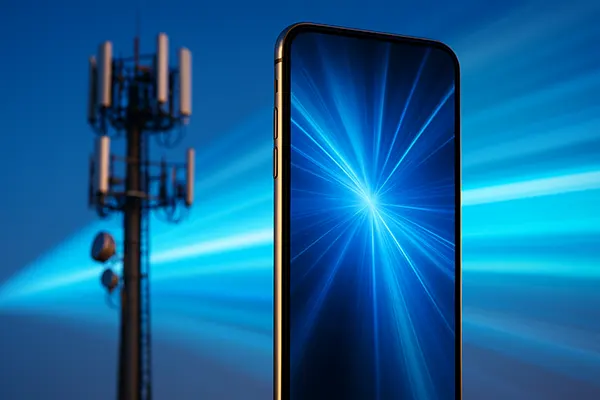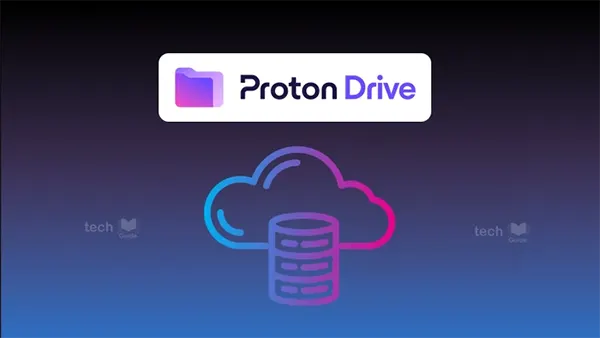5G Advanced and the Future of Mobile Internet: Speed and Privacy in 2026

The mobile industry is standing on the brink of a transformative shift with the deployment of 5G Advanced. This upgraded generation is not just an enhancement of 5G; it promises major improvements in speed, network responsiveness, and data privacy. With its commercial introduction anticipated across major regions by 2026, 5G Advanced is expected to change how individuals and businesses experience mobile connectivity.
Breakthroughs in Speed and Network Efficiency
5G Advanced is engineered to deliver significantly higher data rates compared to its predecessor. Current peak speeds in 5G networks hover around 1–2 Gbps in real-world conditions, but 5G Advanced aims to push those speeds toward 10 Gbps and beyond in dense urban areas. This leap will support ultra-HD streaming, seamless AR/VR applications, and industrial automation without latency interruptions.
One of the fundamental technologies powering this boost is enhanced massive MIMO (multiple input, multiple output), which allows base stations to handle hundreds of simultaneous connections with minimal signal degradation. It also improves spectral efficiency, making better use of the available bandwidth.
Another innovation is carrier aggregation across non-contiguous bands, which will allow mobile operators to combine different frequency blocks into a single, faster channel. This helps maintain high speeds even in areas with limited frequency availability.
Latency Reductions and Real-Time Applications
Besides speed, latency is a critical aspect for emerging technologies. While 5G brought down latency to under 10 milliseconds, 5G Advanced is targeting latency as low as 1 millisecond in certain applications. This evolution will be crucial for real-time services like autonomous driving, remote surgeries, and multiplayer gaming.
The development of Time-Sensitive Networking (TSN) in mobile networks enables deterministic latency, essential for applications that cannot tolerate delay or jitter. This level of reliability allows industries to adopt wireless systems in critical infrastructures.
Reduced latency also unlocks seamless edge computing integration, where data is processed closer to the user. This approach minimises the need for long-distance cloud trips and enhances application responsiveness, further contributing to user satisfaction and operational efficiency.
Privacy Enhancements and Security Measures
As mobile networks evolve, so do the risks. 5G Advanced addresses this by embedding advanced security features at the network core. These include AI-based intrusion detection systems that can identify and neutralise threats in real-time without human intervention.
Privacy-by-design principles are becoming standard across new infrastructure deployments. This means user data is encrypted from device to edge, with minimal third-party exposure. Additionally, SIM-less authentication systems based on blockchain are being explored to reduce identity theft risks.
The growing use of network slicing also contributes to improved security. Each user group or service can operate on a logically separated virtual network, reducing the attack surface and ensuring regulatory compliance for sensitive sectors like healthcare and finance.
User Control and Data Sovereignty
One of the most anticipated trends of 5G Advanced is the increasing control users have over their data. Unlike legacy systems, the new generation enables granular consent management, where individuals can decide which applications access their location, identity, or usage patterns.
Enterprises can implement secure private networks using 5G Advanced, ensuring that data never leaves their premises or jurisdiction, which is vital for compliance with regulations such as GDPR or the upcoming EU Data Act. This shift empowers businesses to manage digital risks more proactively.
Moreover, integration with decentralised identity solutions will let users authenticate without relying on centralised servers, helping reduce data breaches linked to large-scale hacks of traditional systems.

Global Deployment and Future Use Cases
By 2026, major operators in Europe, North America, and parts of Asia-Pacific are expected to launch commercial 5G Advanced networks. Several pilot projects are already underway in Germany, South Korea, and the United States, focusing on smart factories, remote health services, and intelligent transportation systems.
One of the most transformative use cases is immersive telepresence. Powered by 5G Advanced, this application enables ultra-realistic remote collaboration through holograms and 3D avatars. It is expected to be widely adopted in remote work, education, and virtual tourism.
Other innovations include AI-optimised traffic routing, energy-efficient networks with dynamic resource allocation, and smart agriculture systems that use connected sensors to monitor and manage crops in real time.
Challenges Ahead and Industry Readiness
Despite its promise, 5G Advanced faces hurdles such as spectrum licensing delays, cross-border standardisation issues, and high infrastructure costs. Policymakers and regulators must coordinate closely to enable smooth rollouts and avoid fragmented deployments.
Industry readiness is another concern. Many businesses still lack the digital maturity to integrate next-gen connectivity into their operations effectively. Education, training, and clearer return-on-investment models will be crucial to overcome resistance.
Finally, environmental sustainability will remain a key topic. While 5G Advanced is more energy-efficient per bit, the explosive growth of connected devices could offset these gains unless power consumption is managed with green technologies and smart planning.




